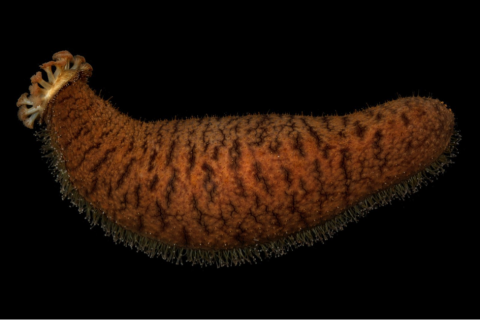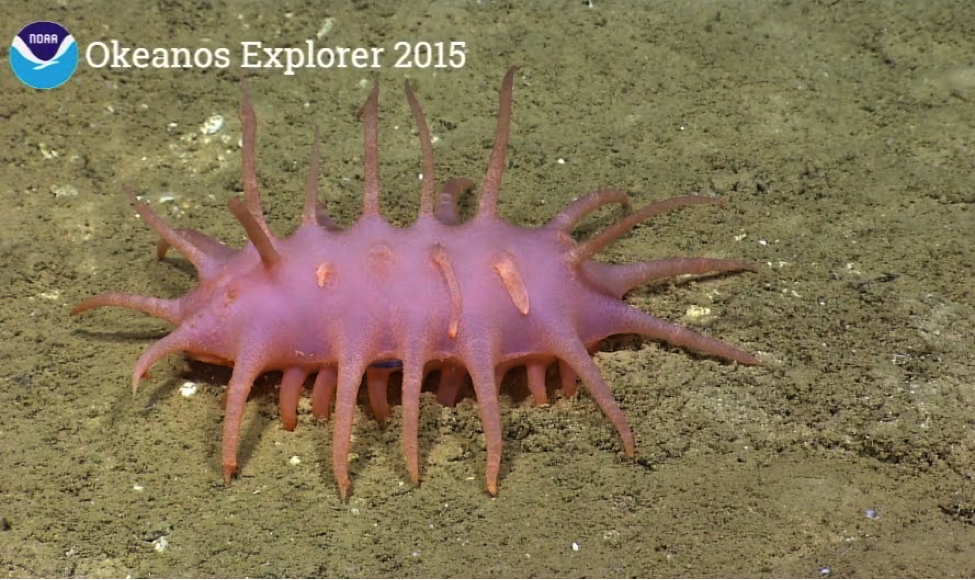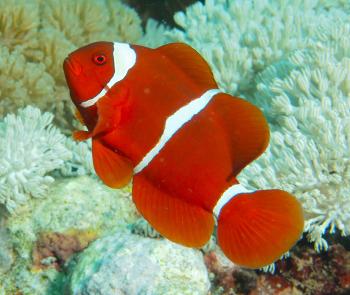
Even though sea cucumbers don’t look much like sea stars and sea urchins, they are all echinoderms. If you look on the underside of a sea cucumber, you will see it is covered with tube feet. Some have surprising defenses to predators – we might call them gross. When attacked, the cucumber spews out sticky threads from its anus, tangling the hunter. Others can expel their entire guts out their anus. This may confuse, repel or feed predators. As extreme as this defense sounds, a cucumber can quickly regenerate its inner organs.
Like earthworms, sea cucumbers are scavengers: they plough up seafloor sediment to collect food particles. Vacuuming the ocean bottom with their sticky tentacles, cucumbers breakdown and recycle nutrients, providing a service to the habitats where they live.
Sea cucumbers occur all over the world and at all depths. There are about 1700 species worldwide. In some areas of the deep sea, there are more cucumbers than any other living thing. But, in parts of the Pacific, Southeast Asia and the Indian Ocean, cucumber numbers are dwindling because they are considered a luxury food.

Photo: Deep-sea Cucmber. Courtesey NOAA
Read more here.
Watch this video.
Information and video of sea cucumber defense.
Watch Shape of Life video about echinoderms.
















